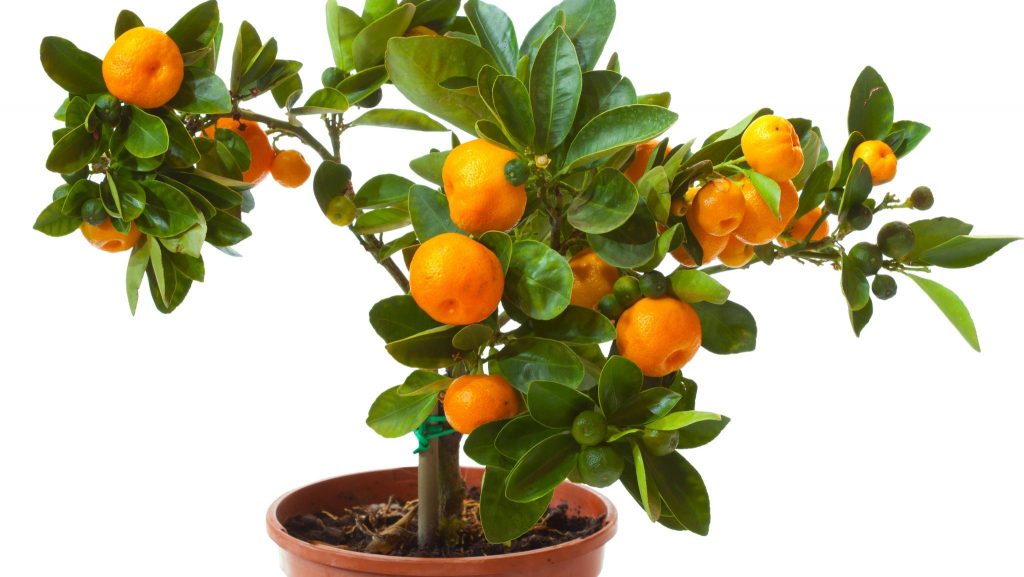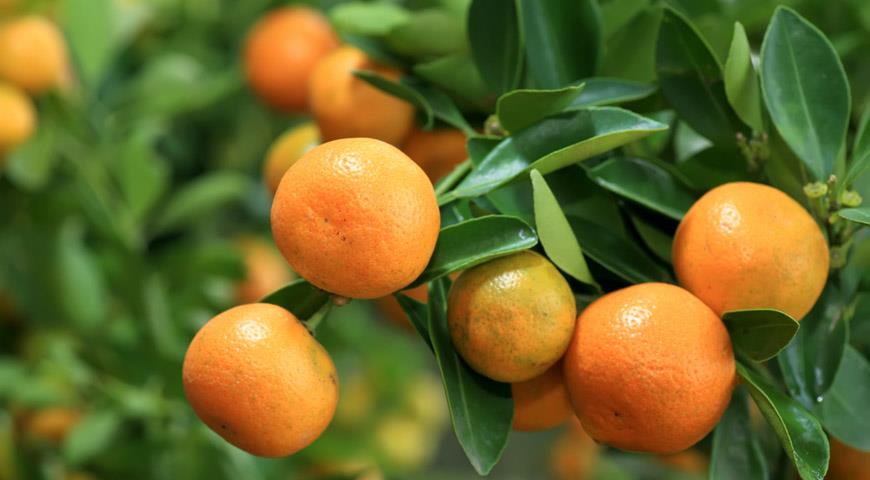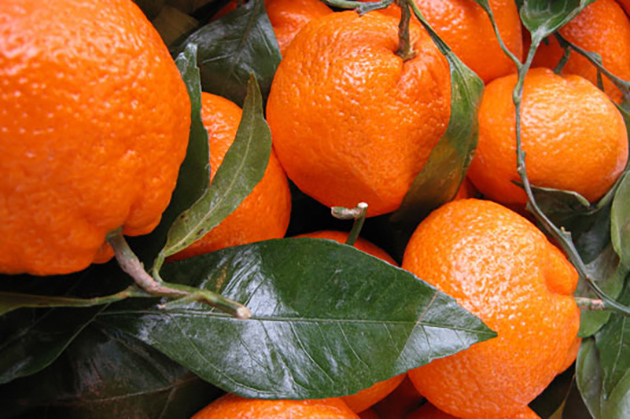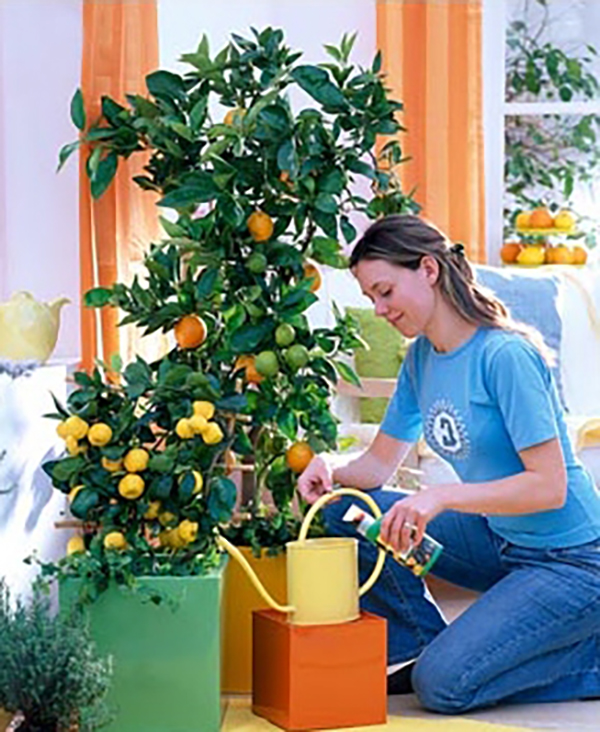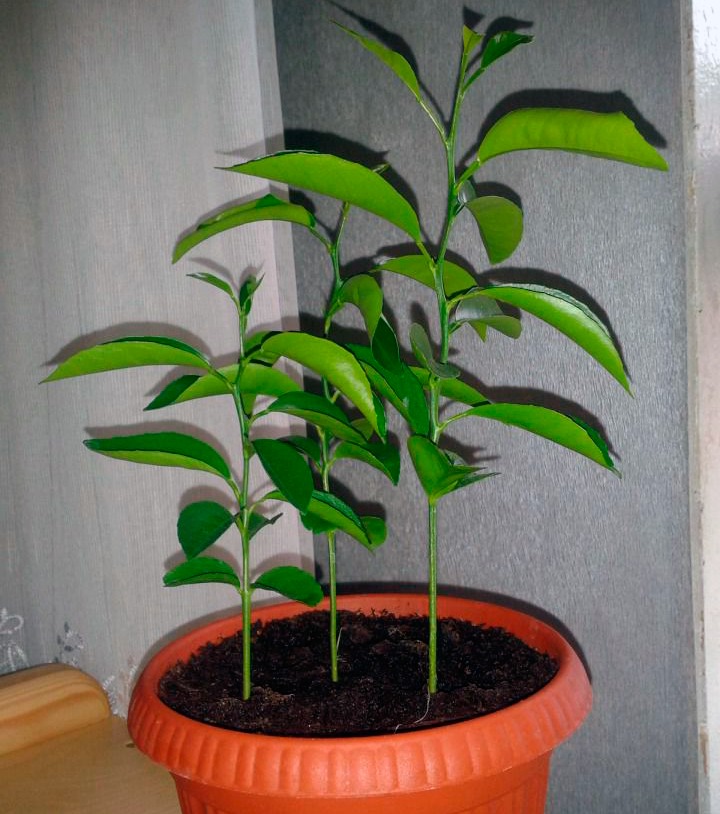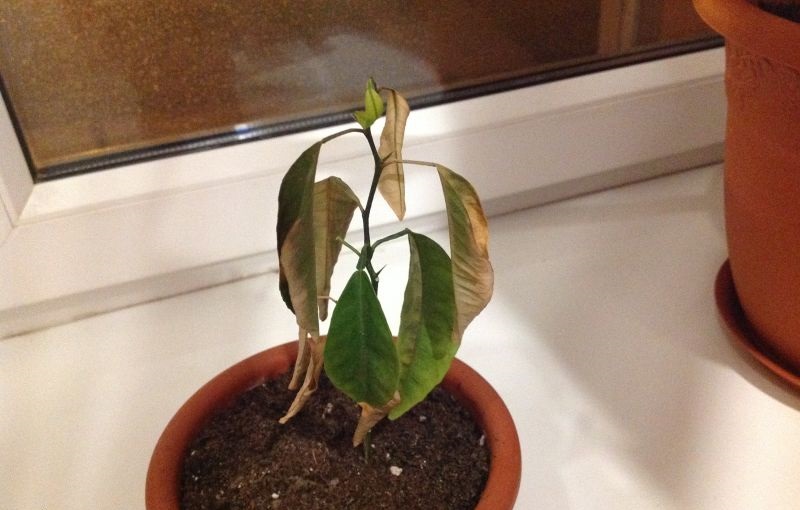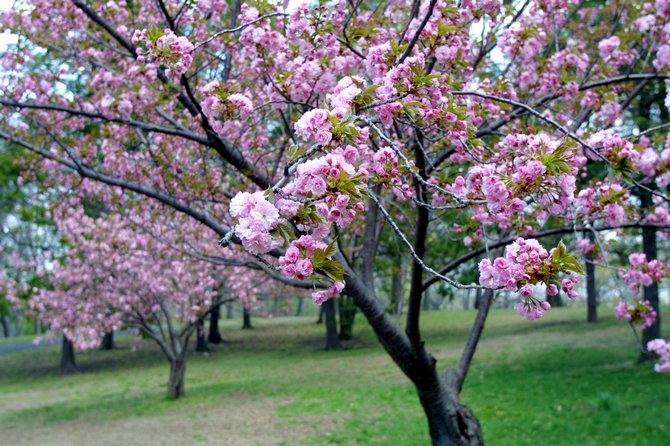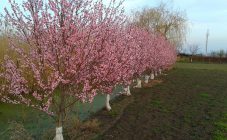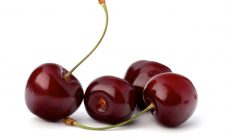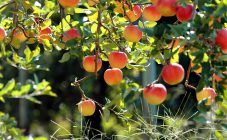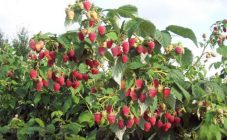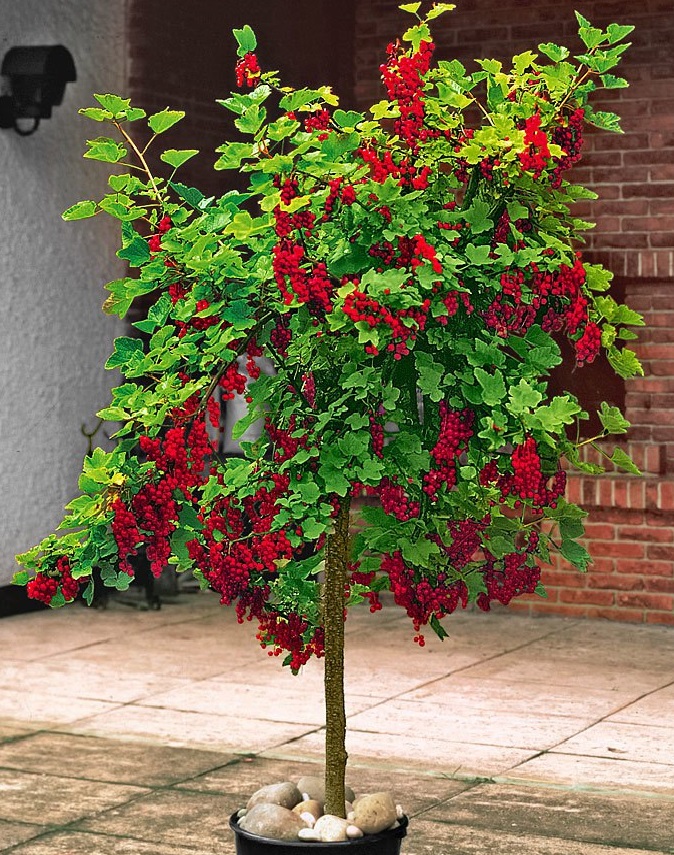Content:
The mandarin tree was introduced to Europe less than two centuries ago from China, where it grew wild. The fruits were allowed to be eaten, the mandarin meaning of the plant is food for the rich (for the privileged class). Ordinary citizens presented trees as a gift as a symbol of prosperity and well-being.
Mandarin is an evergreen plant in the form of a tree up to 4 m tall or a compact shrub. Mandarin is a tree of the Rutaceae family. It has lanceolate leaves, in the axils of which single flowers (sometimes two) grow.
Beneficial features
Mandarin is a fruit intended for dietary nutrition. With its help, metabolic processes in the body are triggered, digestion improves. Juice and pulp have a tonic effect. An infusion of peel is used as an antipyretic agent. The essential oils extracted from the peel are used to treat the nervous system, and inhaled vapors have a calming effect.
The composition contains a large amount of organic acids and trace elements (potassium, calcium, phosphorus, zinc and others), as well as vitamins A, D, K, C, B, PP. The fruits are 85% water and have a low calorie content - 53 kcal per 100 g.
Mandarins are widely used in cooking. Natural juices, jellies, desserts are made from the fruits, they are added as a filling to baked goods.
In addition, the high content of phytoncides makes mandarin an excellent natural air purifier.
Plant characteristic
Mandarin is a low plant up to 4 m. Young branches are dark green, over time they become covered with bark and turn brown. The leaves are medium-sized, oblong oval. In the axils, 1-2 white flowers grow. The pollen is underdeveloped, so the plant needs pollination.
Fruits usually have 9-11 lobules with seeds. The average fruit size is about 6 cm in diameter. The fruit is round and flattened in shape. The rind is usually thin, easily separated from the pulp. Some fruits have an air gap. The peel contains a large amount of essential oils. The inside of the peel is white, the outside is orange. A distinctive feature of this citrus variety is a strong fruit aroma and sweet pulp.
Varieties
Very often, individual varieties of tangerines are distinguished as a separate species.
In fact, there are only 3 main types:
- Noble ones are large-leaved shrubs. Quite large fruits with a thick yellow-orange rind. This group requires very warm growing conditions.
- Italian (tangerines) - heat-loving plants with small leaves and medium-sized fruits of red-orange color. Mandarin shape is usually slightly elongated. A distinctive feature is the sharp unpleasant smell of the peel.
- Unshiu mandarin (satsum) or seedless is a cold-hardy Japanese species. It has large leaves and small fruits. The rind is thin and often has small green areas. It is this type of tangerine that is most suitable for the climate of Russia. A distinctive feature is the absence of seeds.
In addition to the pure tangerine species, there are several hybrids:
- Mineol is a hybrid sample of Italian mandarin and grapefruit. Fruits are large and small, round in size.
- Tangora is a hybrid of mandarin and orange. Fruits grow up to 15 cm in diameter. The rind is very thick with large pores.
- A hybrid of mandarin and lemon - citrandarin. It resembles a lemon in shape, but with a tangerine peel.
- Clementine is a cross between tangerine and orange. Very fragrant fruit with a thin, bright orange rind. Slightly flattened in shape.
- Tangelo is a mandarin crossed with a pomelo. The fruit looks like a medium orange.
In addition, there are also varieties such as agli (tangerine, orange and grapefruit), santina (clementine and orlando), elendale (mandarin, tangerine and orange).
Characteristics of the main varieties
| Name | Description |
|---|---|
| Mandarin Forged Wasse | The very first dwarf variety imported from Japan. At home, no more than half a meter grows. The crown is compact, very dense. Has no thorns. The tree does not need formative pruning. Fruits are slightly flattened with a smooth, thin skin that easily comes off the flesh. This variety begins to sing in October. The plant is frost-resistant, propagates by grafting and layering. |
| Mandarin Abkhazian (early) | The most popular early variety. When grown indoors, it looks very miniature. The flowering period is in May and the ripening period is in October. Citrus does not like excess moisture. The fruit is medium in size with a juicy sweet pulp and lots of seeds. |
| Unshiu | A low-growing tree with an early ripening period and high productivity. The flower is white, abundantly covers the branches, forming inflorescences of 6 pieces. Fruits weigh about 70-100 g. The rind is easily separated from the pulp. Leaves are renewed within 4 years. The main advantage is that the fruits ripen, even if the sun is low. There is also a variegated variety with yellow leaves. |
| Murcott | An American variety native to Florida. Translated from English, the variety is called honey. Fruits on branches grow in groups, the peel is thin, bright orange, similar to persimmon. The pulp is very sweet and juicy with a lot of seeds. Ripening period - December-February. Therefore, it is only suitable for growing at home. For Russia, this variety is considered quite rare. |
| Shiva Mikan | Frost-resistant grade. It is actively used in breeding. Used as a decorative mandarin. Fruits of early ripening, weighing no more than 30 g. The pulp has a sweet and sour taste. This dwarf develops very actively, blooms profusely. |
| Rubino | A late variety bred in Italy. It is a very interesting red tangerine both outside and inside. The fruits begin to ripen in mid-to-late winter (January-February). At the same time, fruits can be on the branches until mid-summer, they do not deteriorate and do not lose taste. |
Features of planting and care
After purchasing a tangerine tree in a pot, it should be immediately transplanted into fresh, suitable soil. The most suitable substrate has an acidity in the range of 5.5 ... 7.0 Ph and consists of humus, turf and sand. The new pot should be a couple of centimeters larger in diameter. This allows you to activate root formation. In the future, it will depend on the observance of simple rules of care how the tangerine bush looks and how much it yields.
Mandarin is very fond of bright lighting, so it is best placed on the south or east side.
Comfortable spring-summer temperatures for shrubs are between + 16˚C… + 20˚C. In winter, the optimum content is at +12 ˚C… + 15 ˚C. While the tangerine is blooming, it is imperative to monitor the air temperature. At elevated temperatures, flowers and fruits wither.
You also need to be careful about the state of the leaves.Spraying and rubbing the foliage daily will greatly increase flowering and yield. It is necessary to water the bush with warm, settled water. It is important that the earthy ball does not dry out.
Top dressing
The best fertilizer for mandarin is organic. Mullein, diluted with water in a ratio of 1:10, must be infused and filtered. You need to fertilize the plant with the finished solution all summer and in September. To activate the formation of ovaries, you need to feed the tangerine with complex fertilizer before flowering (in spring).
Reproduction
The most popular breeding methods are:
- Seminal. Of the best fruits, you need to select a dozen seeds, rinse them with running water and lay them out on a flat surface. The dried bones must be wrapped in a natural cloth moistened with water. After a few days, the seeds will swell and begin to hatch. When this happens, the seeds can be placed in a nutritious soil. When the seedling forms several true leaves, it must be planted in an individual 4 liter container.
- Cuttings. It will not be possible to simply plant a cutting that has taken root in the ground. Such a tree will not bear fruit. Therefore, the plant can propagate by cuttings only by grafting onto another one - and a two-year-old citrus bush. On the branch, you need to make a T-shaped cut 10 cm from the ground. In the resulting cavity with a knife, you need to make a depression where the handle is inserted. The junction is tightly fixed with foil, tape or electrical tape. After that, the tree must be placed in a greenhouse or at least covered with a bag. Now you need to wait for the first peephole to hatch. It should take about a month before the cutting takes root. After the expiration of the term, the greenhouse (package) can be removed, and the insulating layer at the attachment point can be loosened. The fruits obtained with this method of reproduction are very sweet and tasty.
Diseases and pests
Most often, mandarin is exposed to fungal infections. They appear in the form of various rot, stains, ulcers and other defects.
Anthracnose
Develops with high humidity and violation of the rules of care. Spots appear on leaves, branches and fruits, which grow over time and ruin both the crop and the plant as a whole. For destruction, it is recommended to spray with Fitosporin, as a prophylaxis - Bordeaux liquid.
Wart
Appears on leaves in the form of small light blotches. Gradually, pink bumps appear at this place, which over time turn into huge growths. As a result, the branch dies. If the fungus spreads to the fruit, then the ovaries dry out and disappear, respectively, the yield is sharply reduced. A favorable environment for development is a warm climate and high humidity. The only way to eliminate the disease is by destroying the diseased parts of the plant. It is also necessary to spray the bush with Bordeaux liquid.
Gommoz
The disease is expressed in the gum flow of the bark. The main prerequisites for development are mechanical damage, deep embedment of the seedling during planting, poor drainage and an unbalanced content of minerals in the soil. In a neglected form, the circulation of juice in the tissues is disturbed. For treatment, the wound is disinfected and treated with copper sulfate. After that, they are treated with garden pitch.
Of the pests, thrips, ticks and scale insects are the most dangerous. To combat them, it is necessary to apply insecticides, according to the instructions.
Growing a tangerine tree will not be a hassle if you follow the basic rules of care. The tree gives its owner special joy when it begins to bear fruit.
